Only Keep the Essentials

To start, I recommend binging and purging all of the items in your home that you consider to be unnecessary. By keeping only the essentials, you’ll declutter with intentionality in mind.
Think about the items you’re most likely to use every single day, or on a regular basis. These are the items that are considered essential. By just doing this, you’ll see a significant difference in your home’s organization.
Invest in Fewer Pieces of Furniture

If not styled correctly, furniture can make your home feel cramped and crowded. This is why it’s important to not over-furnish your home. An abundance of bulky furniture is not minimalistic.
Keep floor space open and spacious by getting rid of unwanted and unneeded furniture. You’ll be surprised at how visually appealing your home will be with less rather than more.
De-Clutter on a Regular Basis
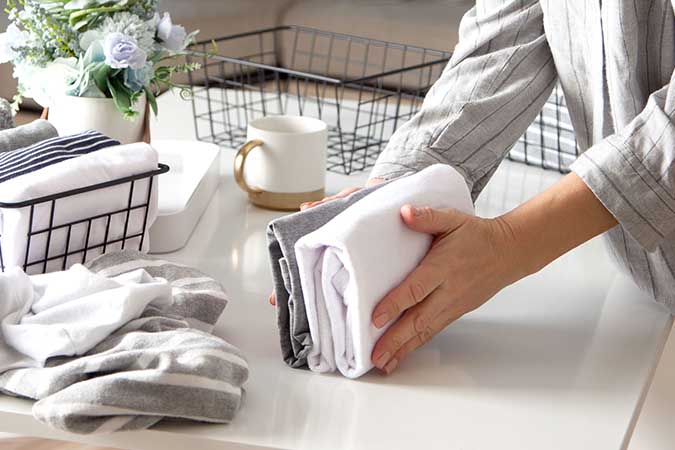
One of the most difficult parts of transitioning to minimalism is the commitment it takes. Purging items at the beginning of the process is the easy part. The hard part is keeping your home decluttered when life gets crazy.
In the midst of hectic days, busy evenings, and booked weekends, you have to make decluttering a routine. Be conscious of it and de-clutter your home as you go!
Store Necessities Out of Sight

Once only the necessities are left, you’ll need to start strategizing. Planning how to store necessities requires research. You’ll need to look at what you have left and decide how you want to organize it.
Many minimalists recommend the utilization of containers, drawers, baskets, bins, and cabinets to store items that you don’t want in plain view.
Clear Off Flat Surfaces
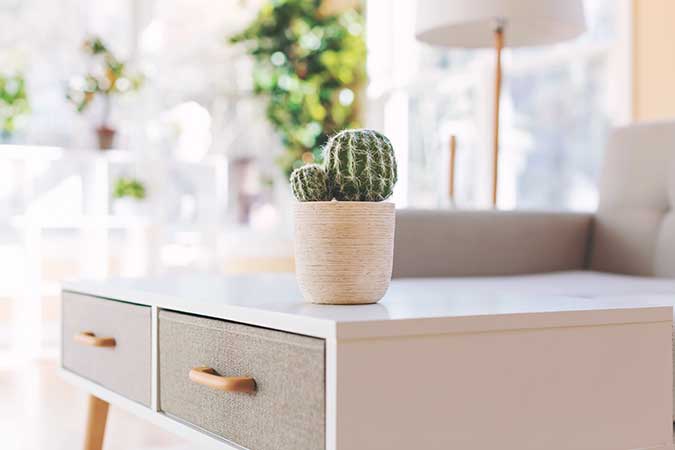
Minimalist homes should be stylish and clutter-free. One common attribute of minimalist homes are clear surfaces and clean lines. Only keep one to two decorations on countertops, desks, wardrobes, and coffee tables. This will give each room in your home a sleek appearance.
Designate a place for things like mail and grocery lists so they don’t end up cluttering your surfaces.
Minimize Clutter by Being Mindful

Minimizing clutter through mindfulness is anything but simple, even if it may seem simple. This is especially difficult if you’re new to the minimalist lifestyle. It’s likely you don’t realize how many unnecessary items you buy on a weekly or monthly basis.
So, I’ll put it bluntly—don’t overbuy. Space is precious and minimalist homes only have room for the essentials. Before purchasing anything, really think about purpose and frequency. What’s the purpose of the item and how often will you use it?
Downsize Wardrobe
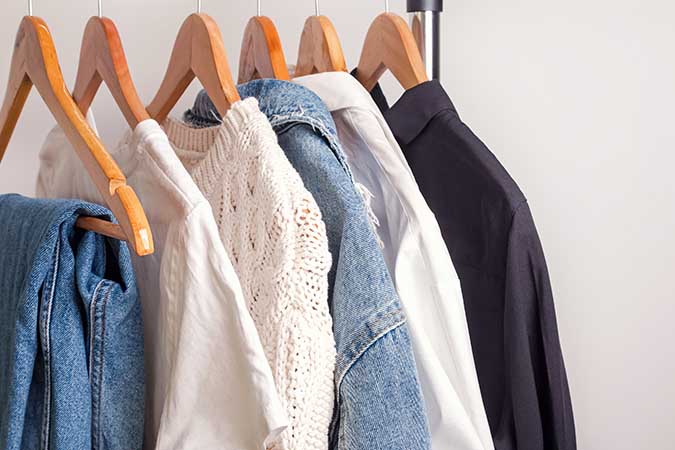
Ladies, this tip is for you. Closets are easily cluttered. To combat this, drastically downsize your wardrobe. It’s not an easy task, but one that you’ll be glad you did. Only keep the clothing items, shoes, and jewelry that you’ll wear on a regular basis.
There’s absolutely no reason to own multiple dresses, jumpsuits, blouses, etc. Choose what you love and ditch the rest. We recommend donating items that you no longer want to someone in need!
Focus on the Pantry

Ah, the pantry. It’s an unintentionally neglected space. It becomes easily cluttered, especially after years of grocery shopping and cooking. It’s definitely time you focus on it. Check the expiration dates of all items and toss anything that’s expired.
Then donate the items that you no longer need. Finally, invest in storage containers, bins, baskets, and jars to organize and declutter what’s left. You won’t recognize your pantry after doing this.
Designate a Place for Everything
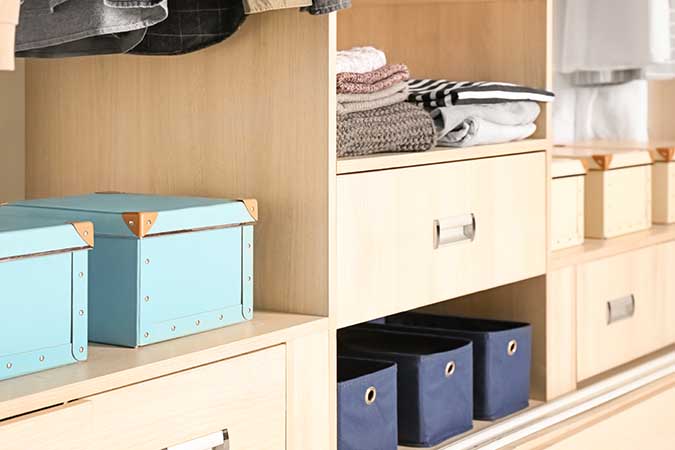
As you maintain your minimalist home, you must make sure all items have a place. This will keep your home neat and organized and will make your life much more efficient. For example, keep blankets folded neatly in a basket in your living room.
Or keep your office supplies like pens, highlighters, scissors, and paper in a desk drawer. This designation is what will allow your home to remain organized.
Accept That Minimalism is a Way of Life
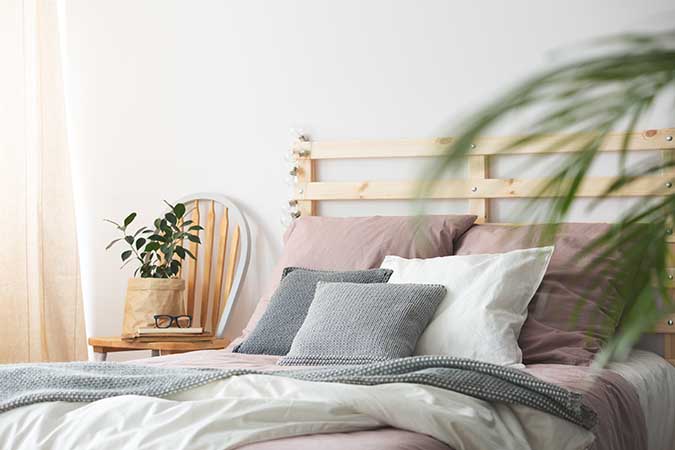
One of the biggest misconceptions about minimalism is that it’s not really a commitment. The truth is, it is. It’s a lifestyle, not just a decision to be made on a whim. If you’re thinking about transitioning your home into a minimalistic space, know that you’ll need to follow these tips every single day.
Trust me, you’ll be glad you did—especially once your life becomes less cluttered and more organized.
Use the $20 Rule
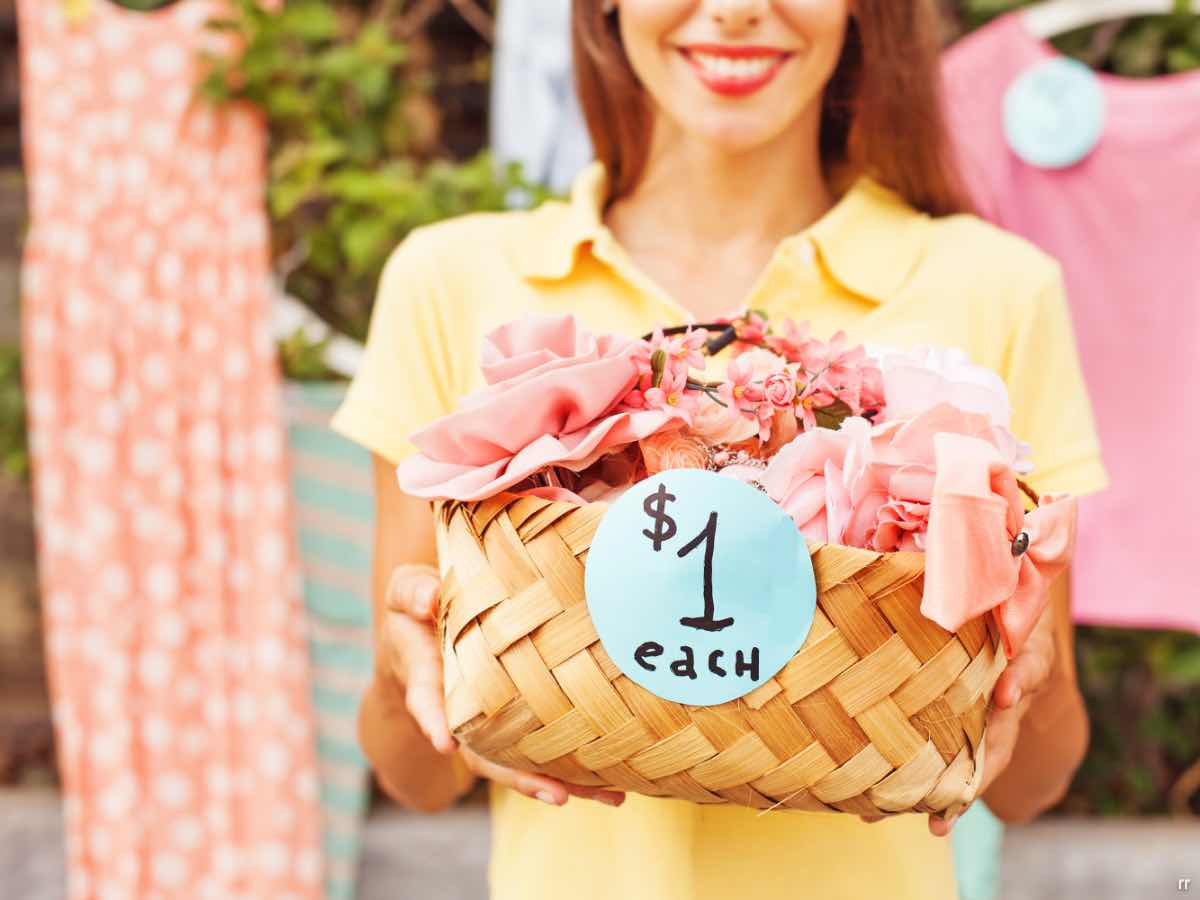
You can lower this rule to $5 if you don’t want to drop $20 to replace something you need at the time, but the general principle is that if it can be easily and cheaply replaced, and you don’t use it hardly ever, get rid of it. Don’t make the excuse of “what if I need it for ___.”
Don’t keep the box your TV came in for just in case you move. You can easily replace that box with something for well under $20 when the time comes to move. This will save you space and eliminate clutter caused by just in case items.
Focus on Reusable
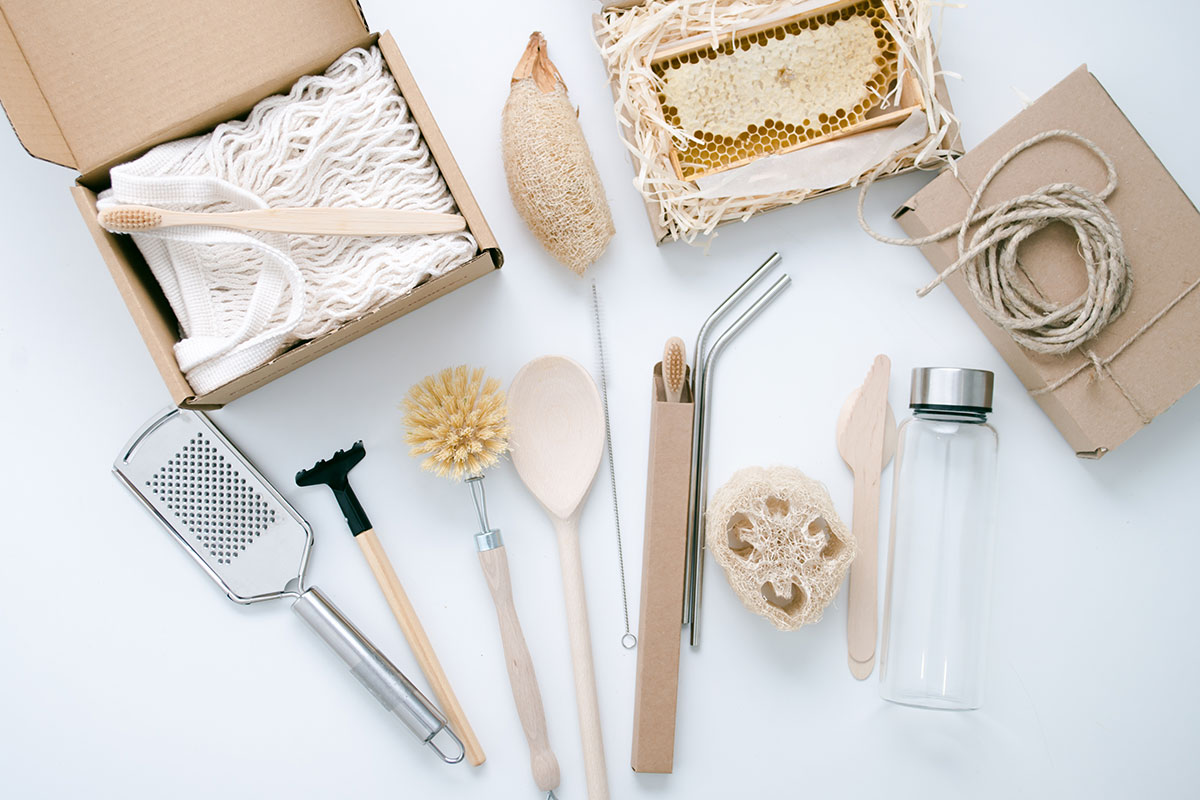
Instead of buying lots of replaceable items such as plastic water bottles, paper plates, or anything else disposable, go for an option that will last you a lot longer. Avoid trends and anything that you feel like getting rid of in a short amount of time.
Invest instead in reusable water bottles, cloth rags instead of napkins or paper towels, real dining ware, reusable silicone bags and baking mats, and pieces you can use over and over again to minimize spending, the amount of items in your home, and the amount of things you throw away.
Be Intentional About Purchases

Always Have a Donation Box Ready
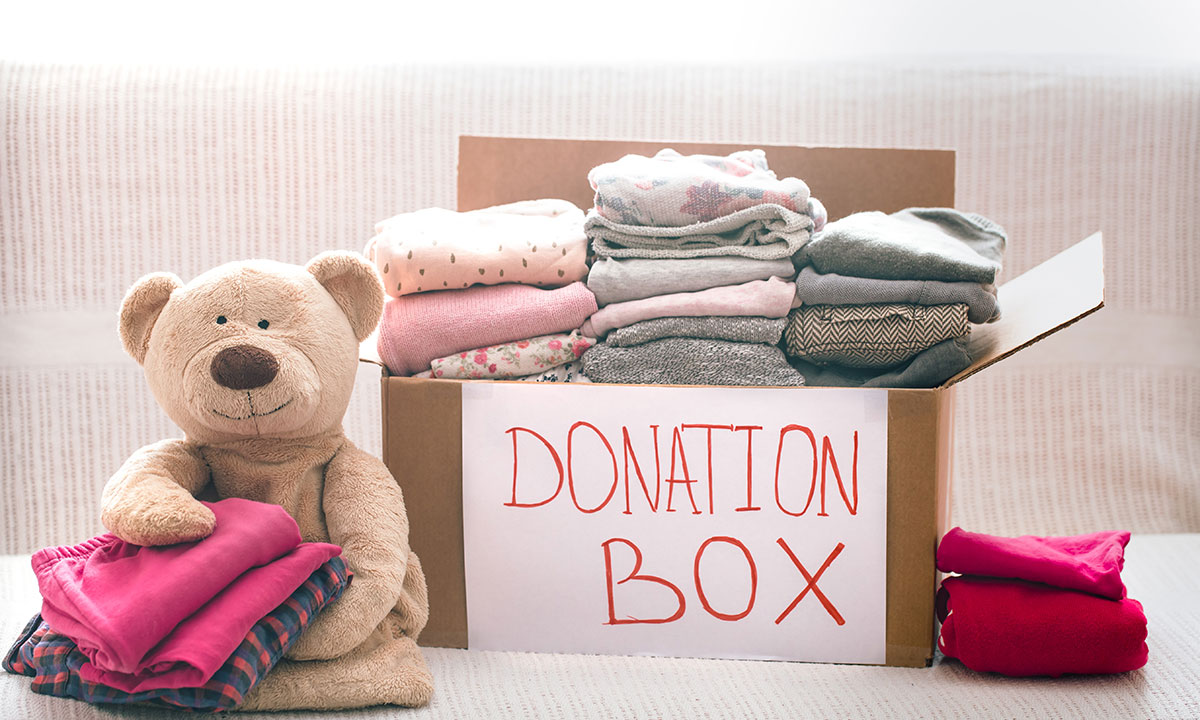
A large part of minimalism is being aware of what you no longer use or need and then disposing of it properly. This includes donating, selling, recycling, and throwing away anything you do not need.
Keeping a box where you put things you no longer use or need and leaving them there for a few weeks is a great way to test whether you actually need, think about, or want the item you put in the box. Once the time limit you have set for the box has expired, simply get rid of the items inside. This is a gradual purge technique as opposed to trying to get rid of everything at once.
Tackle One Section of the Home at a Time
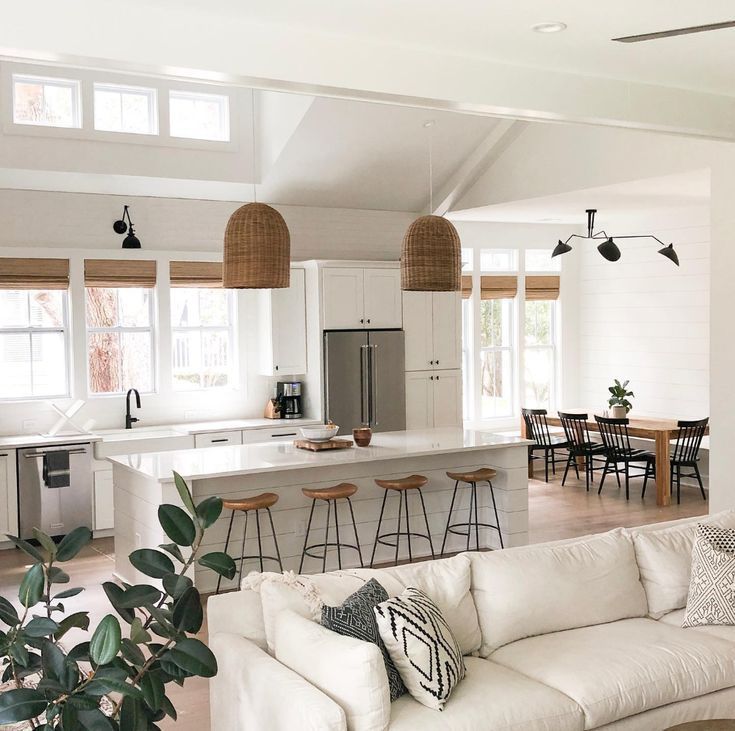
Don’t overwhelm yourself by trying to take on the whole house at the same time. Start with only one section of the house at a time—and one section of that section at a time—to slowly work towards minimizing your whole house.
Going slowly will make it a more sustainable change that is easier to work with and has longer lasting effects. Instead of saying “I want to declutter my house” or even “I want to declutter the kitchen,” instead say “I want to declutter these two cabinets” and slowly move to each smaller section until a room is finished and eventually your whole house.Add Some Decorations
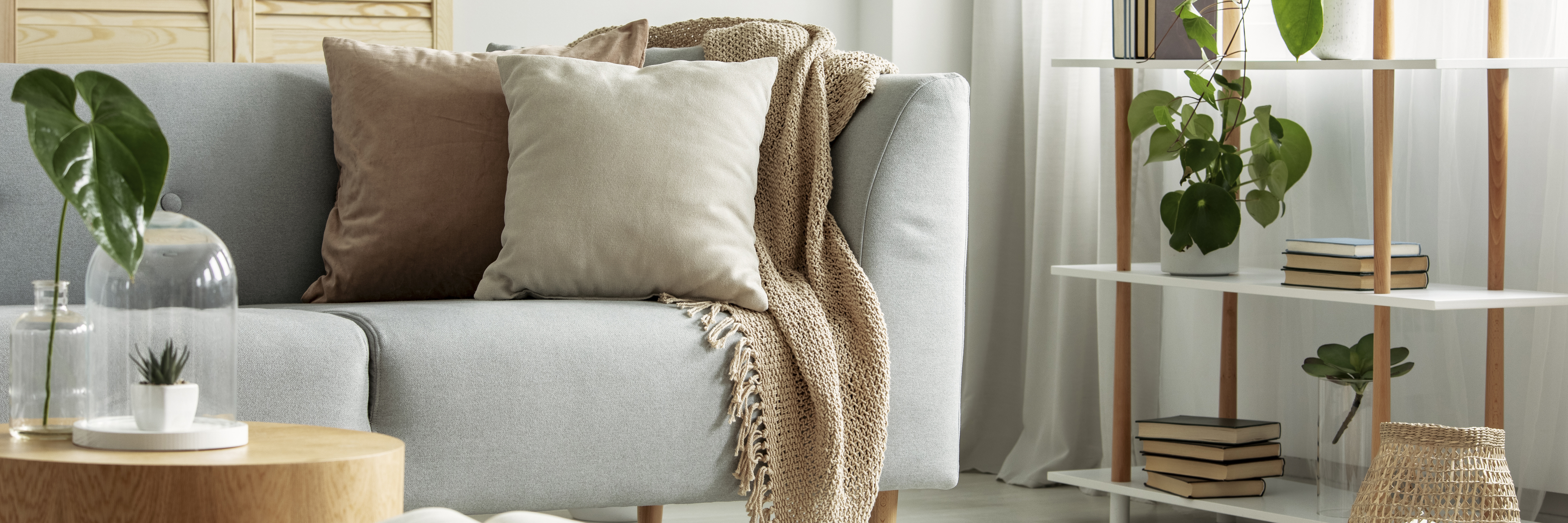
Buy Only What You Love
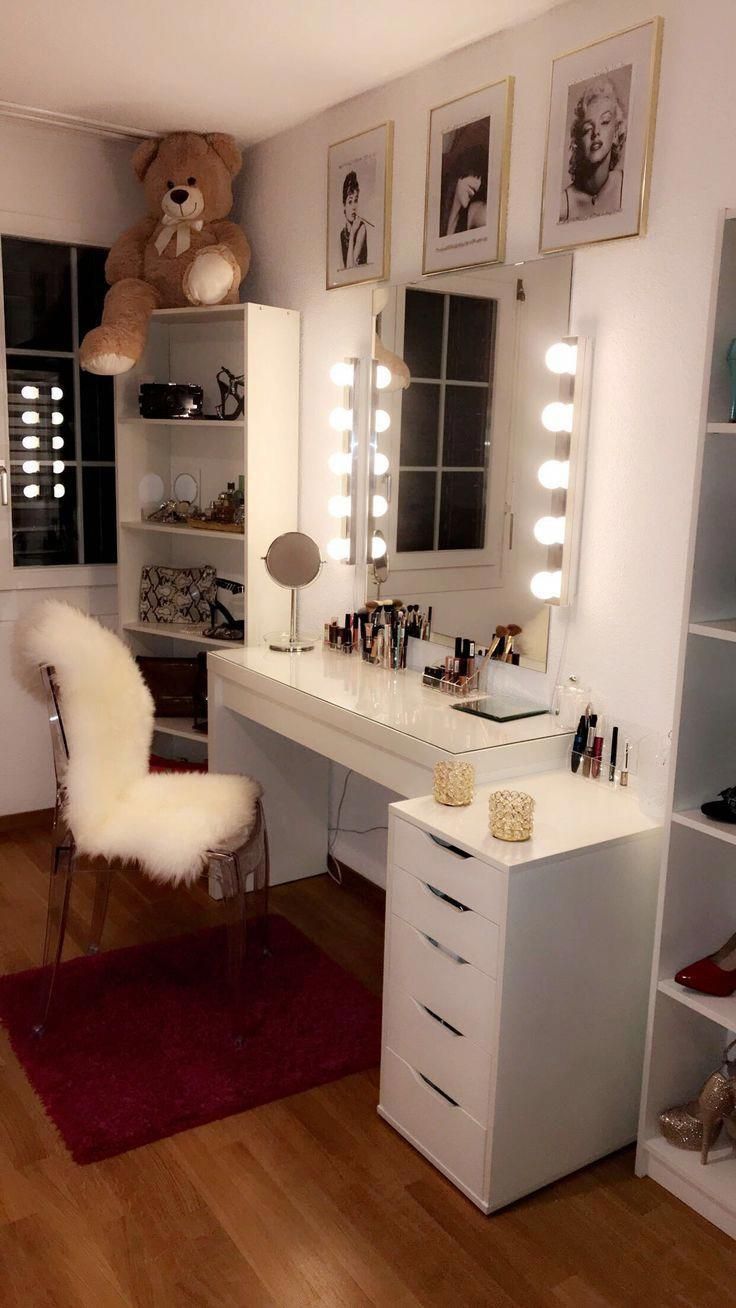
Keep Your Hobby Gear
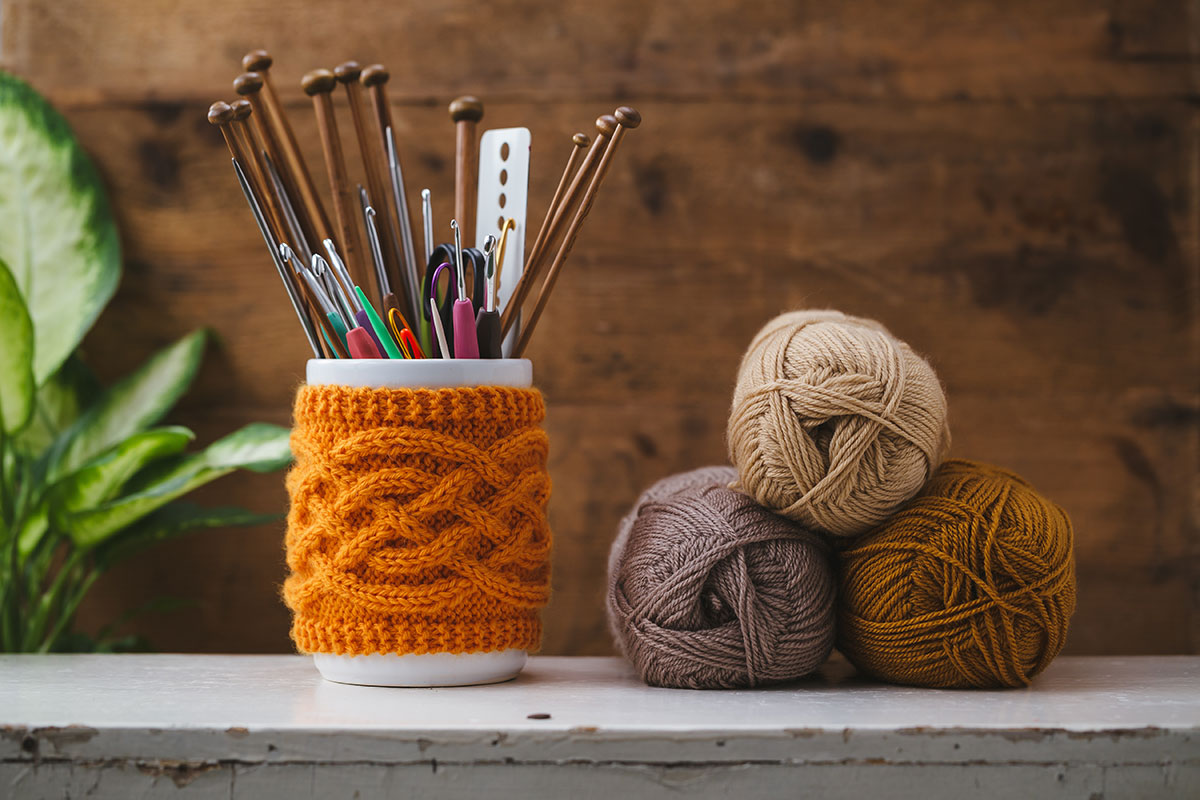
What you love also includes any gear that comes with your hobbies. If you love knitting, keep your knitting needles and yarn, but maybe go through the stash and see what you don’t need anymore. If you love soccer, don’t get rid of your gear entirely, but maybe get rid of that pair of cleats that has been sitting in your closet untouched for a year.
Minimalism is not a challenge to try to live on as little of an amount of things as possible, but rather focusing your life around the things that make it worth living. If golfing is one of them, keep your clubs!
Define Your Style

One way to help decide what you want to keep and what you want to get rid of is to define the style of your home and your wardrobe. You can do this by looking at what traits your favorite decoration or furniture pieces have in common and what traits your favorite pieces of clothes have in common. Do you like color? Neutrals? Farmhouse? Mid century modem?
You don’t have to like the Scandinavian or modern aesthetics with a fully black and white wardrobe to be a minimalist. Find what style speaks to you and curate your home and wardrobe around it. Looking at similarities in pins on your Pinterest boards will also help you define your style.
Don't Buy New 'Minimalism' Things
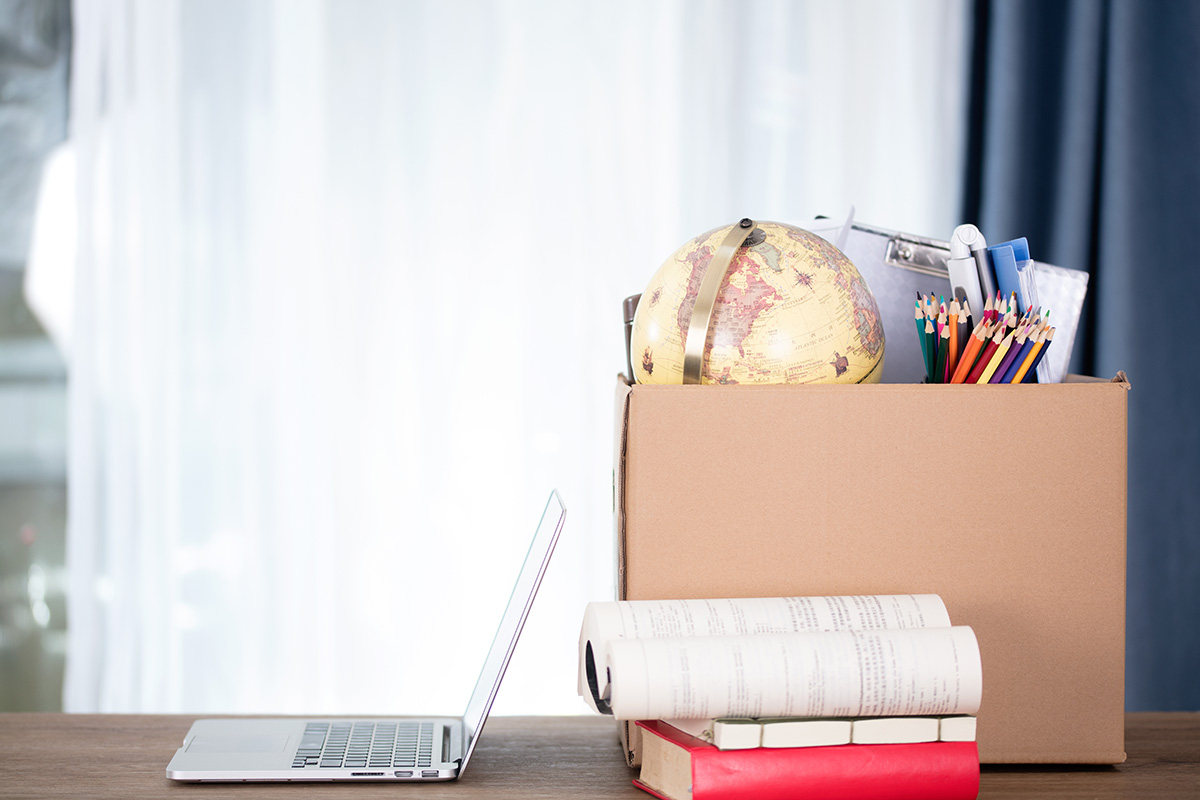
While the minimalist aesthetic is very calming, you don’t have to have that specific aesthetic to be a minimalist or have a minimalist home. If your home is filled with color, and you are transitioning into a minimalist lifestyle, don’t trade your colorful couch for a grey or black one if you don’t want to.
Stay true to yourself and don’t spend money where you don’t have to. If you do want to trade out some of your old stuff for newer, more minimalist looking things, make that transition slowly over time, and don’t feel the pressure to get all of the new things at once. Work first with what you have and be content with that.
Only Keep What Fits
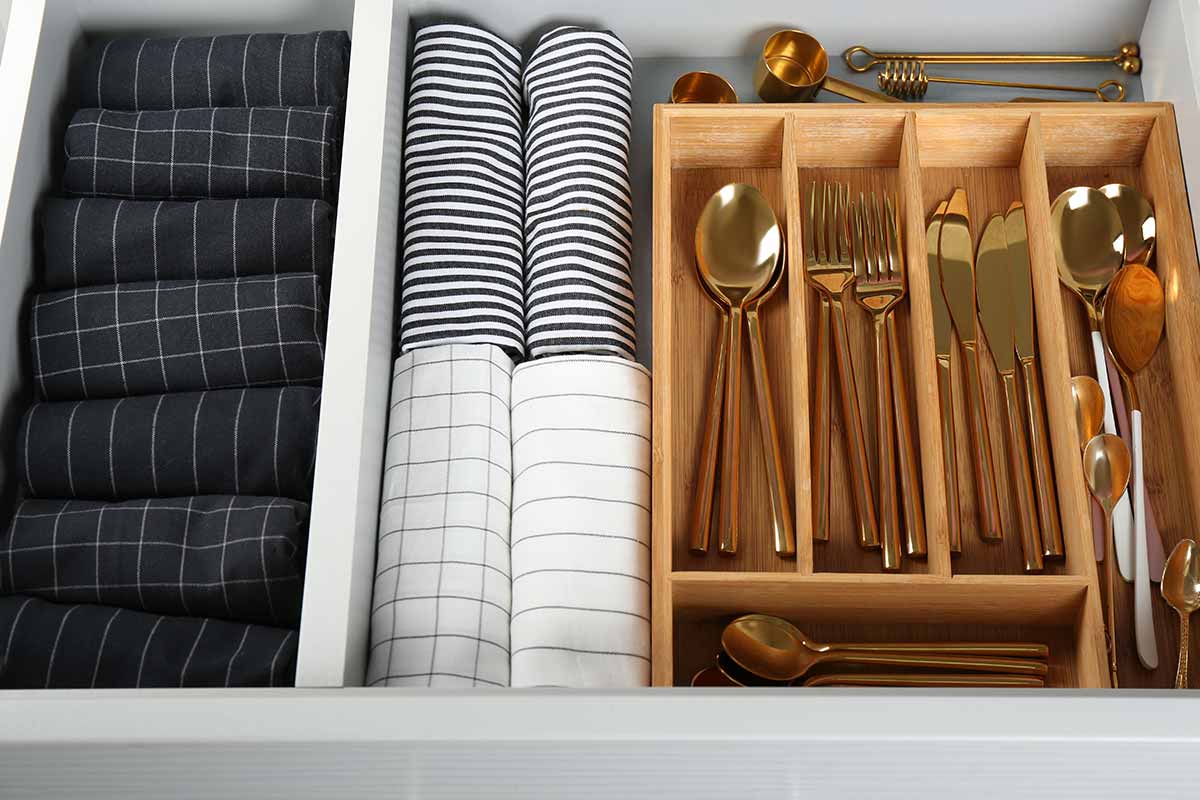
Sometimes only keeping what you want or need can be hard to narrow down. What do you really love? What do you really need? A good way of helping you narrow it down is to decide to only keep what fits in X space.
For example, only keep the amount of shirts that fit in this drawer. Or, only keep the amount of cups that fit in this cabinet. Another could be that you buy a set of 30 nice hangers, and you decide to only keep in your closet what hangs on those 30 hangers. If you find yourself about to throw out something you really can’t part with, that’s okay! You can keep it. This is only a guideline, not a rule.
Trust the Process

Structure Your Day
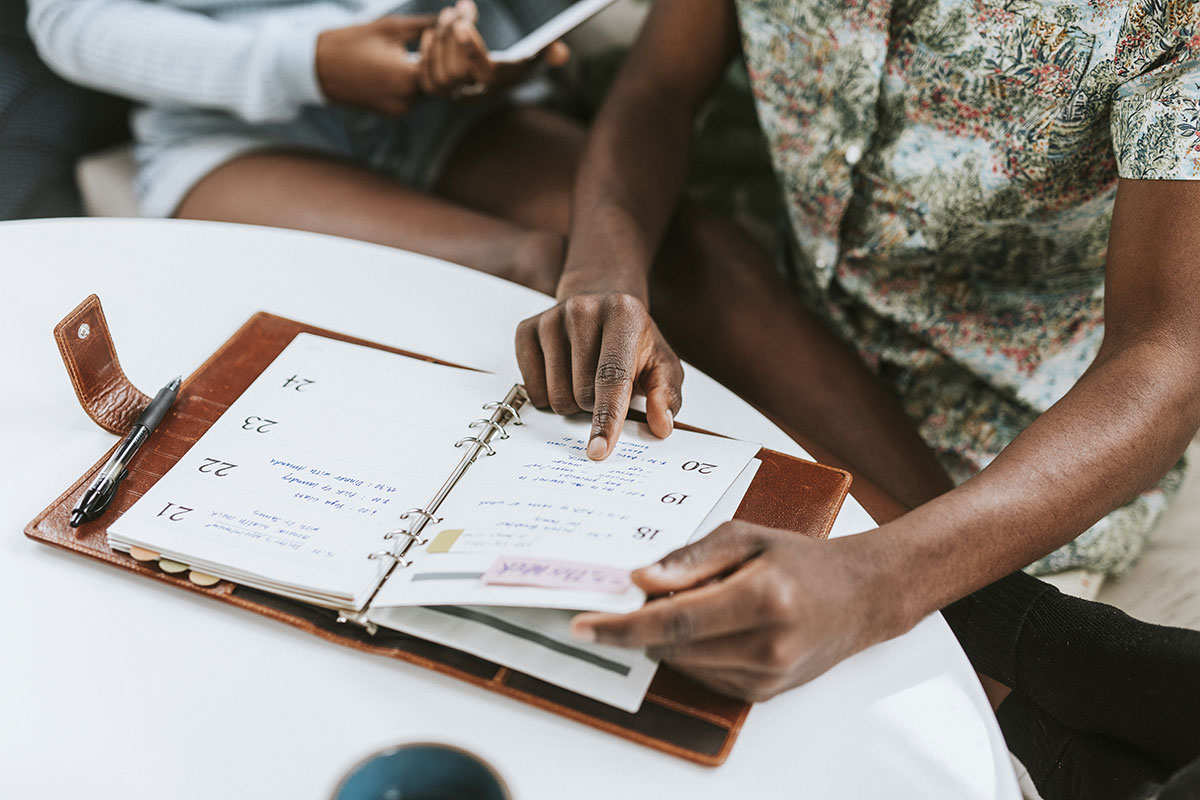
Along with helping clear your mental space with electronics is adding structure to your day. Since minimalism is all about prioritizing the important things and doing away with a lot of the things that are not important or don’t add value to your life, structuring your day around what matters is important to maintaining a minimalist home.
Plan your day to incorporate more of the things that matter. If you prioritize exercise, add in an hour-long workout. If you love cooking, add some time for that. If you are wanting to catch up on some reading, plan a reading hour into your day. This way, you are not spending your time doing something mindless like scrolling through your phone, but you are instead creating time to prioritize the things that matter to you.
Don't Go On Shopping Sprees

This is a big one. It’s nearly impossible to maintain a minimalist home and go on shopping sprees. You may find that you need to replace a lot of things at once and therefore buy a lot of things at once, but that is intentional shopping. Only go shopping with a list and don’t buy more than what’s on that list.
Just because a company is having a sale does not mean that you have to buy something from it. Instead, buy things based on need. If you need a leather jacket to go with an outfit, then go find a good leather jacket that fits your budget. If you need a new chair for the living room, then go look for the perfect chair for that job. This will help you only get what you actually want and need and not anything more.
Minimize Electronic Clutter

Focus on Feel, Not Numbers

Gift Experiences

Don’t know what to give or ask for as gifts now that you’re a minimalist? Gift experiences! While you can’t avoid people getting you gifts you don’t want or need, you could limit them by asking for specific physical things you want or need or by asking that they only give you money or experiences.
So, when your mom asks you what you want for your birthday, tell her that you would like tickets to a concert or a gift card to that place you have been wanting to go to dinner at. Bonus points are added if you ask the person to do something together, like going to that concert, dinner, or on a trip with them so you can collect more memories instead of things.
Take Pictures of Sentimental Items Before Parting
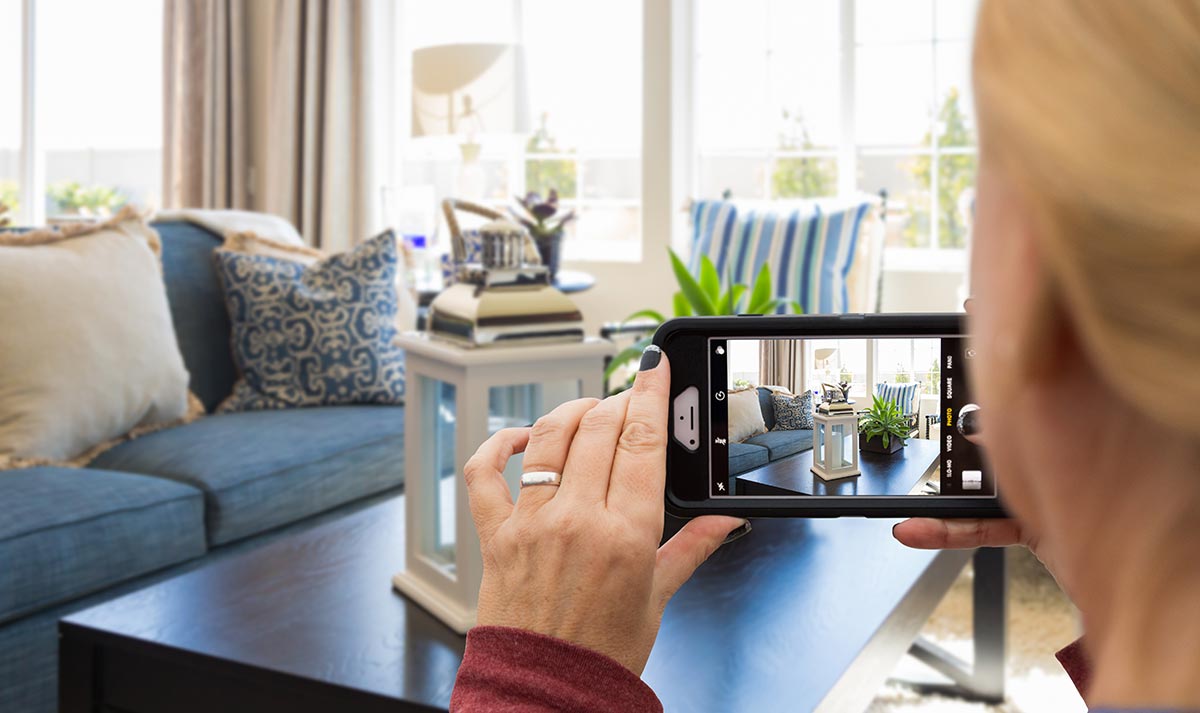
One of the hardest things about minimizing your home is getting rid of sentimental items. While we don’t recommend getting rid of all of your sentimental items (because we’re not heartless), minimizing them can help reduce clutter.
For example, if you have 100 paintings from your kid, choose your favorites to keep in a keepsake box or frame, take pictures of the rest, then throw the extra ones away or recycle. This way, you can have those paintings living on your phone forever, and you still have physical reminders of your child prodigy artist in your home.
Replace, Don't Upgrade
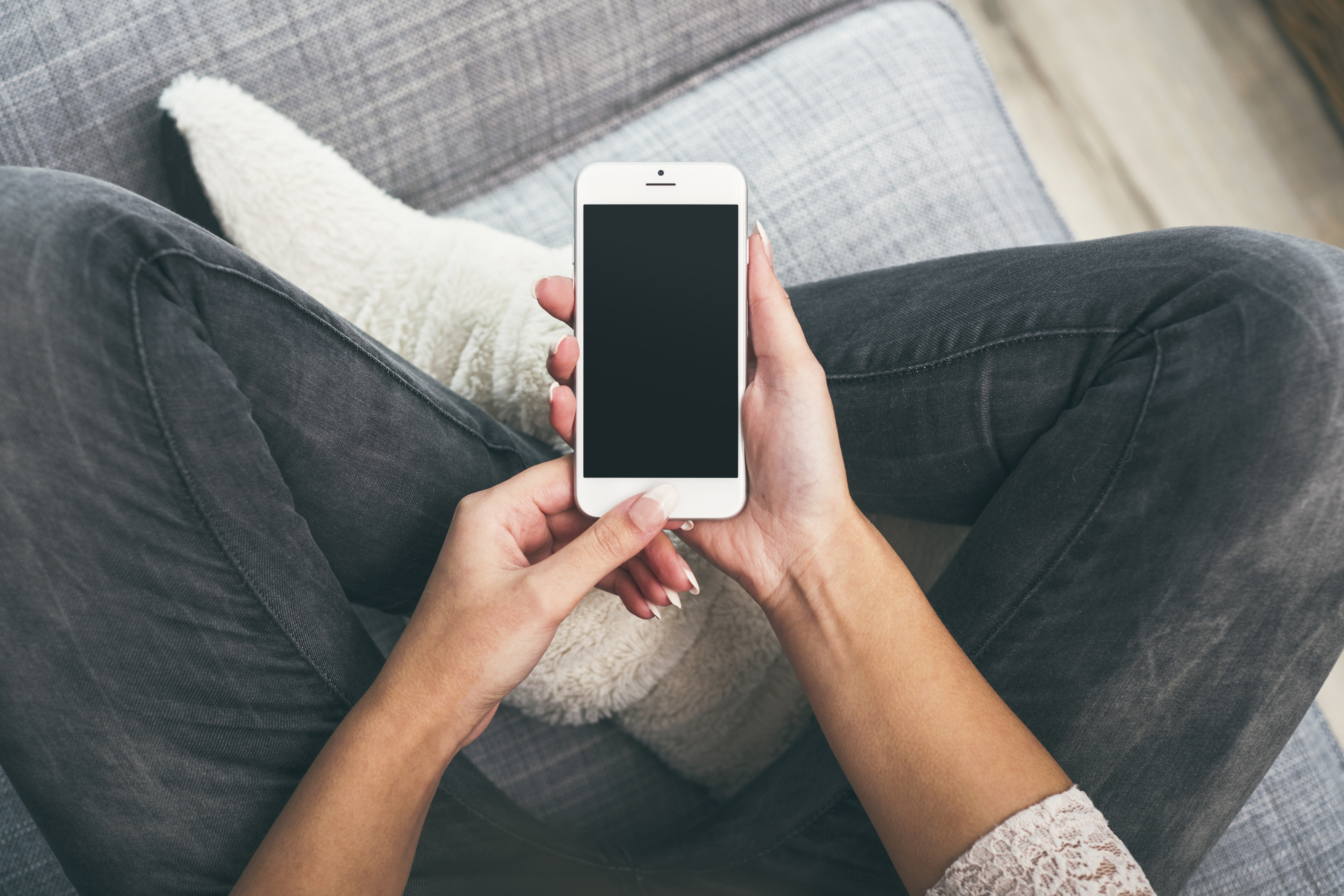
Very often, we buy things thinking “it’s okay if this item doesn’t last long, I’ll just upgrade it in a few months anyway.” This can be for buying trendy clothing or home items, and it’s especially said when buying electronics. We always want what is new and best, leading to us buying a lot of things often.
With a minimalist mindset, you instead want to focus on replacing instead of upgrading. What’s the difference? Replacing is being content with what you have until you have used it beyond repair. So when your shirt gets a hole in the seam, you stitch it up instead of getting a new shirt. When a new model year of your car comes out, you don’t rush to buy it, but instead drive the one you have until it’s a goner. Take care of your items and replace them when necessary. Don’t focus on constant upgrades.Constantly Re-Examine Your Priorities
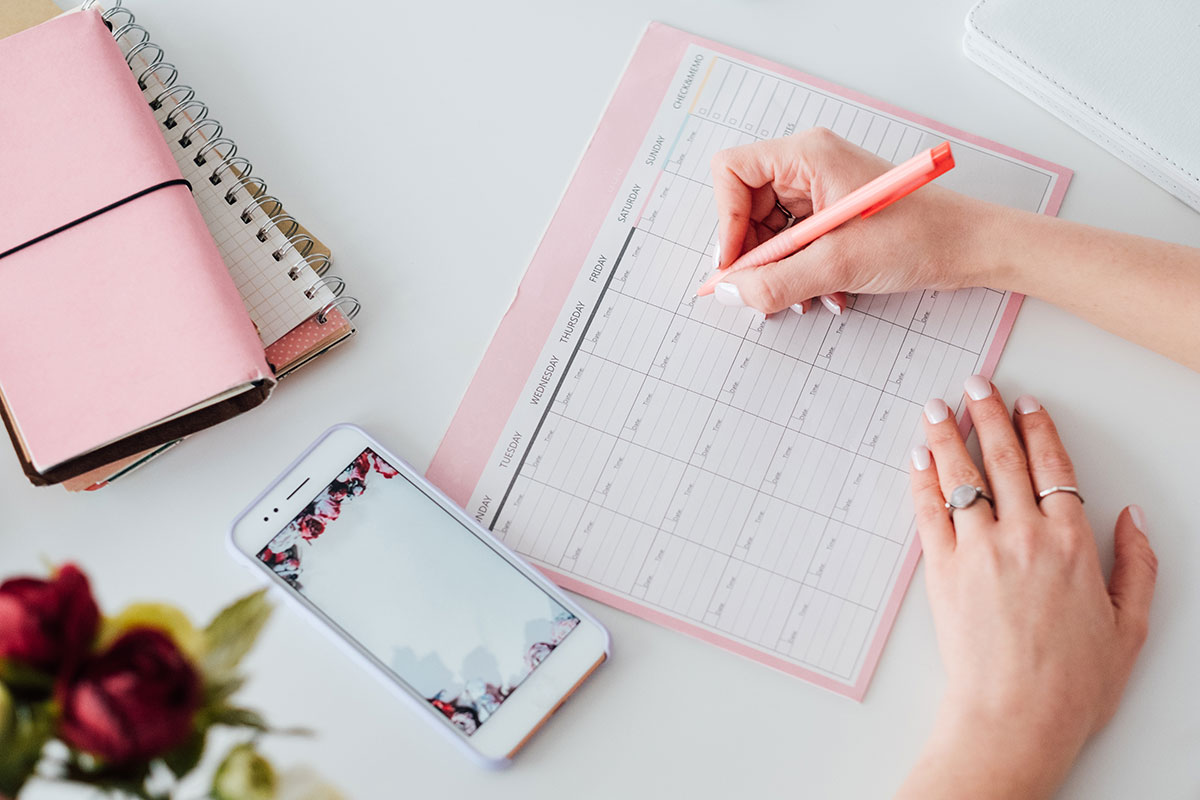
Since your priorities are what you should focus your minimalist home around, you should have a list constantly going of what your priorities are. If your priorities are focused around getting a promotion at work or starting a new business, make sure those are reflected in your day-to-day life.
However, if your priorities start to shift to be more towards your family or taking longer vacations, make sure that you are making changes so that those priorities are evident in your life. Knowing what your priorities are will help you better decide what to keep in your home and what to keep in your mental space, leading you to a more easily maintainable minimalist home.
 Author
Rachel Downs
Last Updated: December 07, 2025
Author
Rachel Downs
Last Updated: December 07, 2025